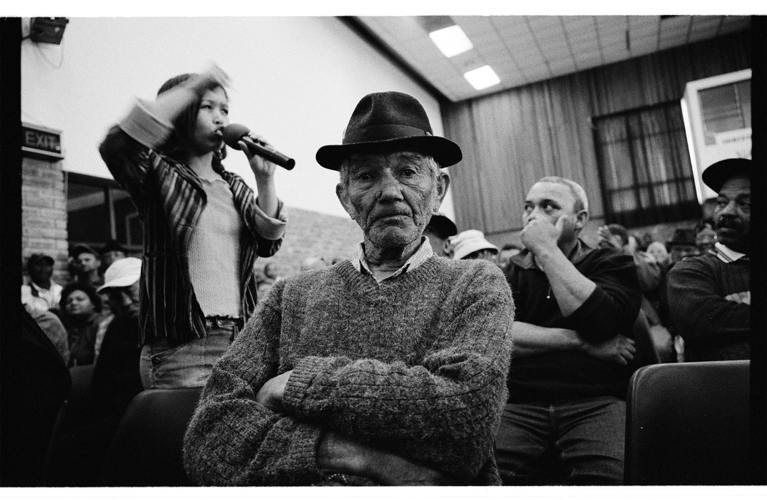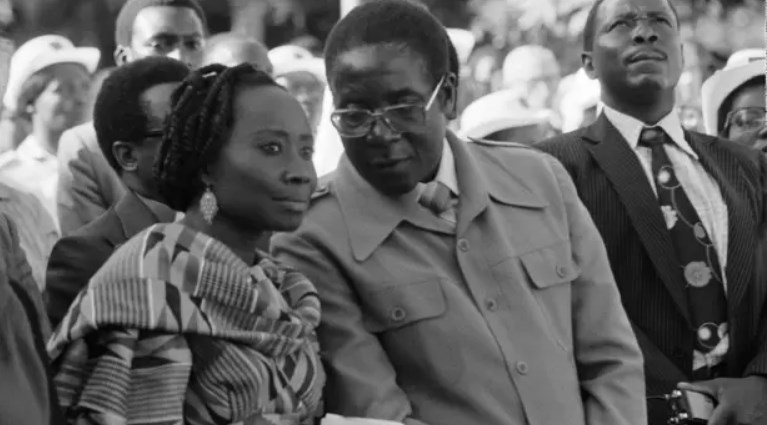HTP - Small-scale fishermen attend a fishing imbizo in Saldanha Bay by Paul Grendon




Cocktails of Liberty, the observations and recollections of a student activist at University of Western Cape in 1976, takes the reader on a dizzying journey into hearts, minds and deeds of students at a black South African university in the year Soweto exploded, For many, the book will be a startling revelation about what actually happened in those heavily censored years, when government and media conspired to hide the truth about student protest and boycotts in the Western Cape and elsewhere, in an attempt to divide communities and create a semblance of normality in an abnormal society. Through the writer’s use of anecdotes, memories and extracts from various publications of the time, the reader is given the sense of “being there”, and every detail of student protest action is revealed, warts and all. It is a most welcome reminder of the contribution made to the struggle by the courageous students of UWC, and is bound to become essential reading for anyone studying the history of those turbulent times.
Published and launched in January 2009 in partnership with Vivalia Press.
A private collection assembled by Bruce Campbell Smith, exhibited at the South African National Gallery in Cape Town in 2004. The collection is unique and perhaps the most impressive of its kind outside of any public institution. It constitutes a rich, albeit selective, chronicle of this particular collector's personal collation of objects representing South African endeavour in the visual arts over a period of some eighty-odd years. The book is being launched in early 2007 and was published by SAHO and Unisa Press. The books principal focus is on "work by black South African artists" active between the 1920s and 2004. The collection presents a range of images - including some of undoubted, if not iconic, importance - ranging from the colonial and apartheid eras to embrace the first ten years of the new democratic order.
A private collection assembled by Bruce Campbell Smith, exhibited at the South African National Gallery in Cape Town in 2004. The collection is unique and perhaps the most impressive of its kind outside of any public institution. It constitutes a rich, albeit selective, chronicle of this particular collector''s personal collation of objects representing South African endeavour in the visual arts over a period of some eighty-odd years. The book is being launched in early 2007 and was published by SAHO and Unisa Press.
This book is the culmination of 10 years of documenting life in the Cape Flats African and Coloured townships of Cape Town by one of South Africa’s most talented, but least recognized, documentary photographers. Ledochowski’s painstaking and brilliant photographs document the wall decorations and murals drawn by artists in these townships. The essay of 250 images speaks about hopes, dreams, rituals and social comment by Cape Town’s poor. First Published by SAHO & Unisa Press, 2003, the book sold out. Due to popular demand, a re-print and update of the book was done for the International bookfair in Cape Town (June 2008).
A collection of remarkable work brought to us by a man of extraordinary spirit, courage, fragility, tenacity, complexity and eye. The photography is pervaded by a sense of fine discernment and passionate concern for the subject. There are no cheap shots here and no facile concessions to popular, political or artistic correctness
- David Goldblatt
Cape Flats Detail is an extraordinary and rare collection of high quality photographs taken by Chris Ledochowski over a period of 25 years. His work has taken him across the cultural, racial and class boundaries of the Cape Flats townships. The title embraces deeper issues and relationships that he attempted to convey through the medium of photography.
The First wave of Indian immigrants arrived in South Africa as indentured labourers, followed by a second wave known as Passenger Indians - individuals that paid their own fare. Being the last wave of immigrats to enter the British Colony, the Indians saw themselves, and were perceived by the Africans, Coloureds and Whites, as a homogenous group originating from India.The apartheid state as well as the anti-apartheid organisation saw advantages in considering the Indians a homogenous entity. The author, however, is of the opinion that the Homogeneity attributed to people of Indian origin in South Africa, was the result of pragmatic concerns relating to their social, economic and political status. A preliminary survey corroborates the author’s hypothesis and shows how stratification as the basic foundation of so-called Indian identity is further being transformed to meet the challenges of new, democratic South Africa.
Publishers: Kwela book and SAHO
Edited: Abebe Zegeye
Soft cover: ISBN 0-7957-0135-7
One of the many issues confronting post-apartheid South Africa is that the cultural expression of its citizens was severely limited by the policies of the previous regime. In building a new, democratic nation, many social, political and economical problems still need to be solved before a new sense of the nationhood can develop.This volume is a fist step in rewriting the cultural history of the country, towards a more unified Cultural and historic vision, which it so sorely needs at present.
How can social identity formation be understood in terms of poetry and painting? Can it be argued that these signifying practices, as systems of meaning, effectively mirror the transformation and mutations of identity in society? Though analysis of specific examples in the work of South African writing and artist Breyten Breytenbach, the essays in this collection investigate the way in which identity is constituted in text and image, and draw on primary debates around identity formation and (self) representation in art and writing. By extension, the essays also point to ways in which these Breytenbach case – studies relate to, or differ from, other contemporary identity formations in South Africa
Publishers: Kwela book and SAHO
Edited: Marilet Sienaert
Soft cover: ISBN 0-7957-0141-1
How can social identity formation be understood in terms of poetry and painting? Can it be argued that these signifying practices, as systems of meaning, effectively mirror the transformation and mutations of identity in society? Though analysis of specific examples in the work of South African writing and artist Breyten Breytenbach, the essays in this collection investigate the way in which identity is constituted in text and image, and draw on primary debates around identity formation and (self) representation in art and writing.
In an effort to alleviate one of the enduring effects of the Apartheid system - the unrelenting poverty in many areas and for many people – the Department of Public Works initiated its Community Based Public Works Programme (CBPWP).
The programme was implemented to allow communities to help themselves by giving them access to resources they would otherwise lack. With these resources and guidance it was hoped that community project could uplift the various areas.
This book documents the issues that are facing the country and its people as well the various projects that may help it.
This book and the material with was created by:
Omar Badsha is a leading photographer and head of South African History Online. He currently lives in Pretoria.
Julia Maxted has written extensively on human rights and poverty and teaches Geography at the University of Pretoria.
Liam Lynch is a documentary photographer living in Pretoria, and also works as a graphic designer at South African History Online.
Cedric Nunn is a leading documentary photographer based in Johannesburg and until recently was head of the Market Photographic Workshop.
Jeeva Rajgopaul is a former science teacher, now a freelance photographer who lives in Durban. Like Badsha and Nunn, he was a member of Afrapix, the well-known photographic collective of the 1980s.
Andrew Tshabangu is a documentary photographer based in Soweto, whose work has been shown widely at home and abroad.